Ancient Roman Scene from the series "Antiquities of Herculaneum", is an etching on paper realized by in the 18th Century. Signed on the plate. Good conditions with some folding. The etching belongs to the print suite “Antiquities of Herculaneum Exposed” (original title: “Le Antichità di Ercolano Esposte”), an eight-volume volume of engravings of the finds from the excavation of the ruins of Herculaneum in the Kingdom of Naples (now Campania, Italy). It was published between 1757 and 1792 by the Regia Stamperia, and copies were delivered to selected recipients across Europe. Despite the title, the Antiquity of Herculaneum shows objects from all the excavations undertaken by the Bourbons in the Gulf of Naples. These include Pompeii, Stabia and two sites of Herculaneum: Resina and Portici. The Bourbon King Carlo appointed fifteen scholars creating a new “Herculaneum Academy” to study the artifacts and publish the results of the archaeological excavations of the sites. The engravings are of high quality and the accompanying text shows a large scholarship. They were realized by 25 prominent artists involved by the King to prepare drawings and engravings on the finds, among which we can find Giovanni Elia Morghen, Carlo Nolli, Luigi Vanvitelli and Giovanni Battista Casanova. The “Antiquities” was designed more to amaze readers with the quality of the objects in the collection of the King of Naples than to be used in research., following and increasing the interest of 18th century society for the classical culture and Art in particular. Through the exaltation of the classical concept of proportions and harmony, the book was of inspiration to the neoclassical movement in Europe, giving artists and decorators access to a huge shop of Hellenistic motifs. Giacomo Girolamo Casanova (2 April 1725 – 4 June 1798) was an Italian adventurer and author from the Republic of Venice. His autobiography, Histoire de ma vie (Story of My Life), is regarded as one of the most authentic sources of information about the customs and norms of European social life during the 18th century.
Scena romana antica dalla serie "Antichità di Ercolano", è un'acquaforte su carta realizzata nel XVIII secolo. Firmata sulla lastra. In buone condizioni, con qualche piegatura. L'acquaforte appartiene alla serie di stampe "Antiquities of Herculaneum Exposed" (titolo originale: "Le Antichità di Ercolano Esposte"), un volume di otto incisioni dei reperti provenienti dagli scavi delle rovine di Ercolano nel Regno di Napoli (oggi Campania, Italia). Fu pubblicato tra il 1757 e il 1792 dalla Regia Stamperia e le copie furono consegnate a destinatari selezionati in tutta Europa. Nonostante il titolo, l'Antichità di Ercolano presenta oggetti provenienti da tutti gli scavi intrapresi dai Borboni nel Golfo di Napoli. Questi includono Pompei, Stabia e due siti di Ercolano: Resina e Portici. Il re Borbone Carlo nominò quindici studiosi creando una nuova "Accademia Ercolanese" per studiare i reperti e pubblicare i risultati degli scavi archeologici dei siti. Le incisioni sono di alta qualità e il testo che le accompagna dimostra un'ampia erudizione. Furono realizzate da 25 artisti di spicco coinvolti dal Re per preparare disegni e incisioni sui reperti, tra cui Giovanni Elia Morghen, Carlo Nolli, Luigi Vanvitelli e Giovanni Battista Casanova. Le "Antichità" furono concepite più per stupire i lettori con la qualità degli oggetti della collezione del re di Napoli che per essere utilizzate nella ricerca, seguendo e incrementando l'interesse della società settecentesca per la cultura classica e l'arte in particolare. Attraverso l'esaltazione del concetto classico di proporzioni e armonia, il libro fu di ispirazione per il movimento neoclassico in Europa, dando ad artisti e decoratori l'accesso a un'enorme bottega di motivi ellenistici. Giacomo Girolamo Casanova (2 aprile 1725 - 4 giugno 1798) è stato un avventuriero e scrittore italiano della Repubblica di Venezia. La sua autobiografia, Histoire de ma vie (Storia della mia vita), è considerata una delle fonti più autentiche di informazioni sui costumi e le norme della vita sociale europea del XVIII secolo.
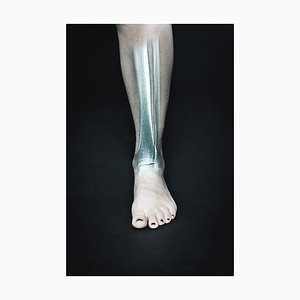


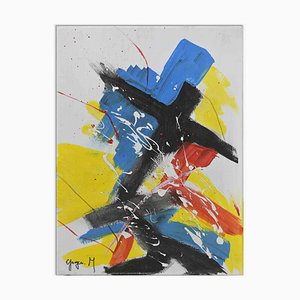
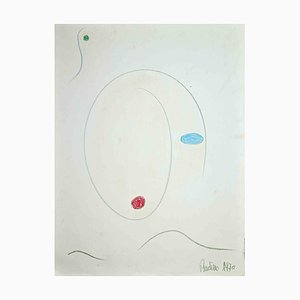
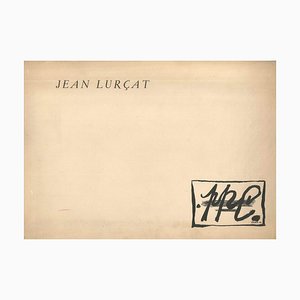
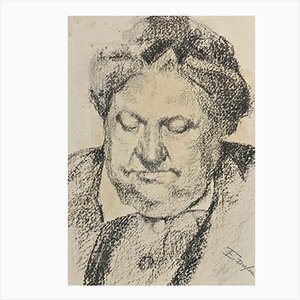
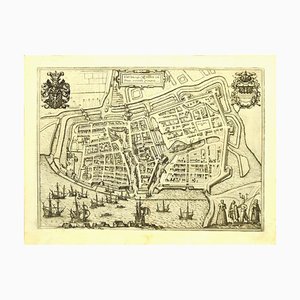
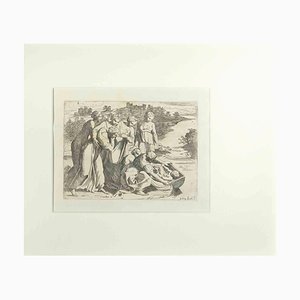
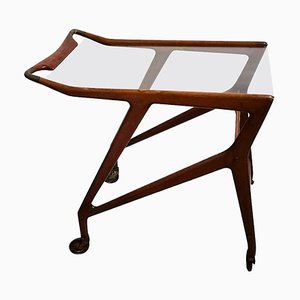

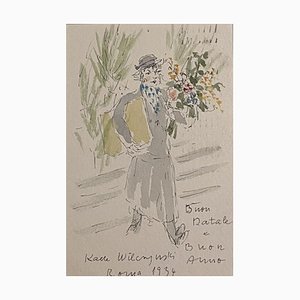

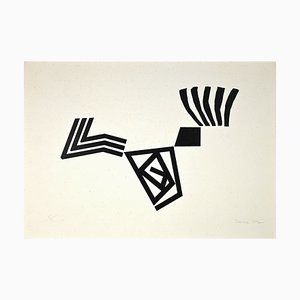
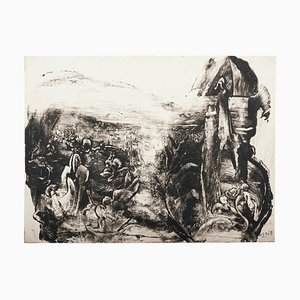
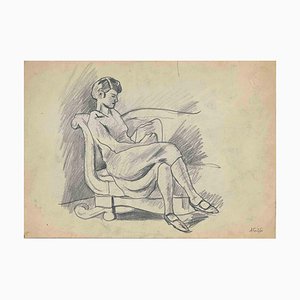
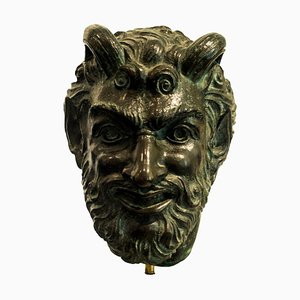
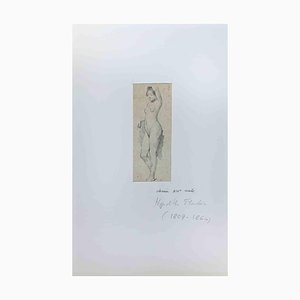

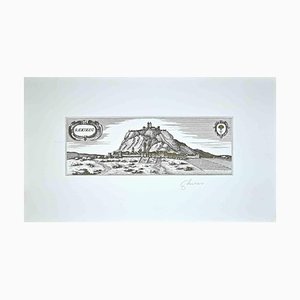
Contattaci
Fai un'offerta
Abbiamo notato che sei nuovo su Pamono!
Accetta i Termini e condizioni e l'Informativa sulla privacy
Contattaci
Fai un'offerta
Ci siamo quasi!
Per seguire la conversazione sulla piattaforma, si prega di completare la registrazione. Per procedere con la tua offerta sulla piattaforma, ti preghiamo di completare la registrazione.Successo
Grazie per la vostra richiesta, qualcuno del nostro team vi contatterà a breve.
Se sei un professionista del design, fai domanda qui per i vantaggi del Programma Commerciale di Pamono